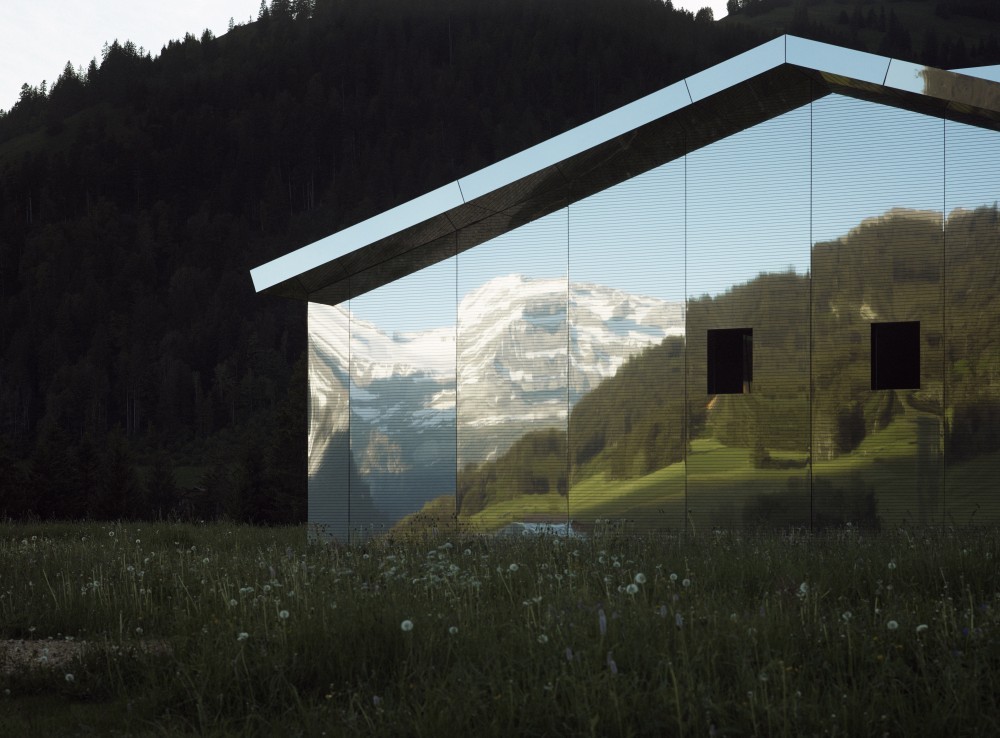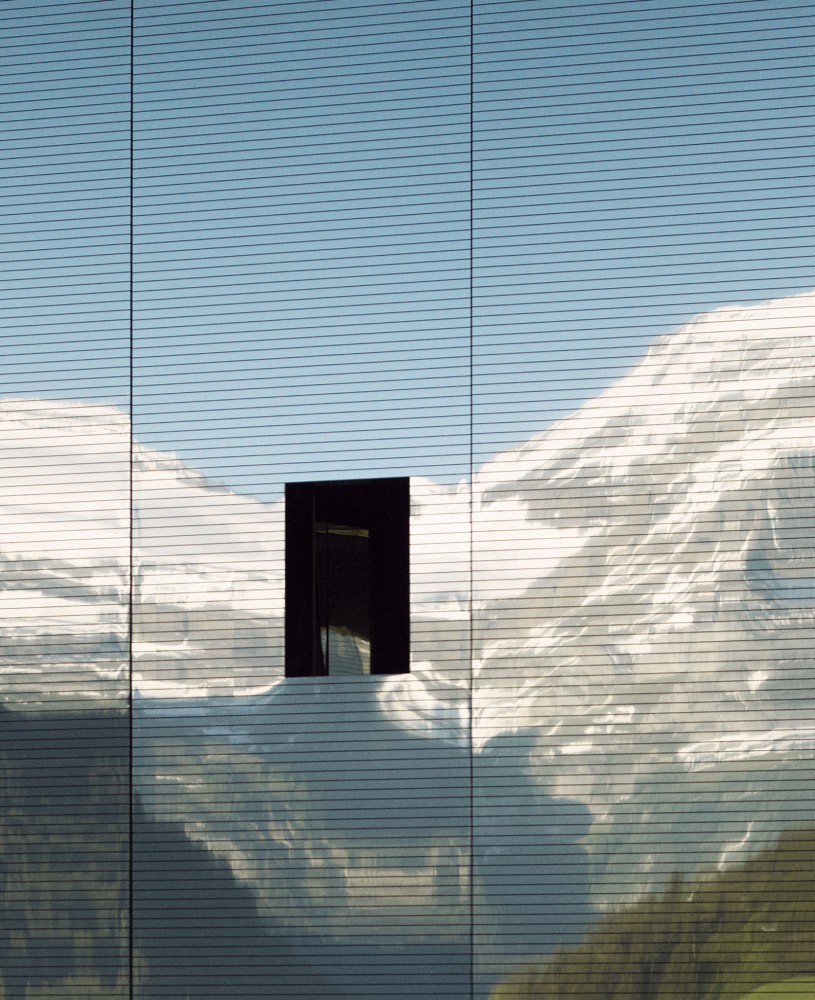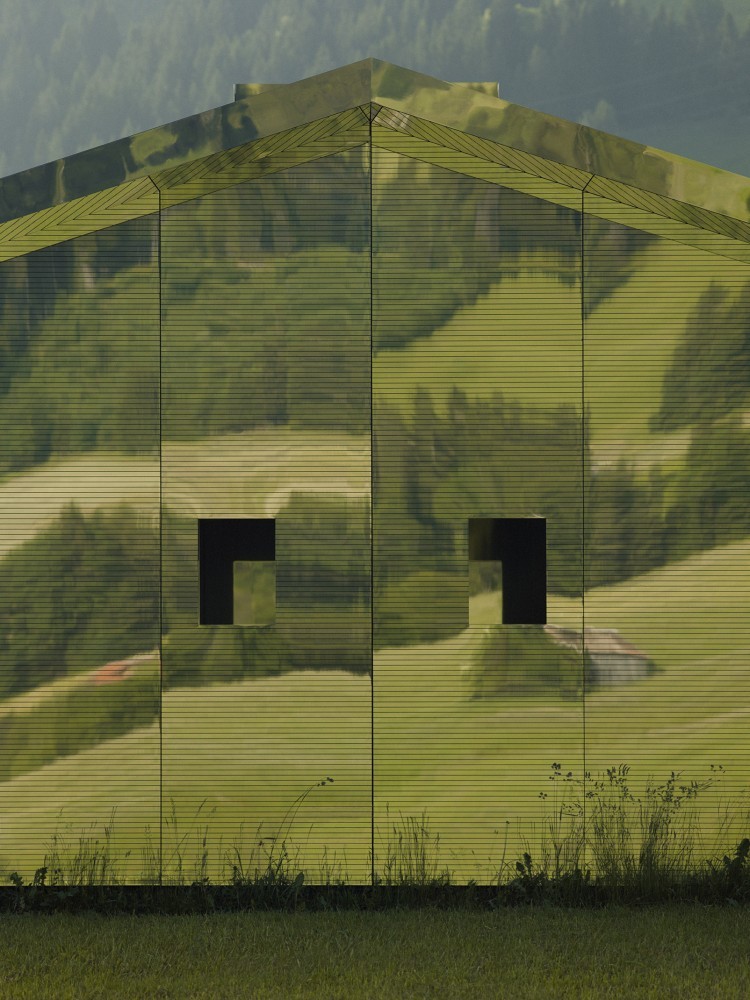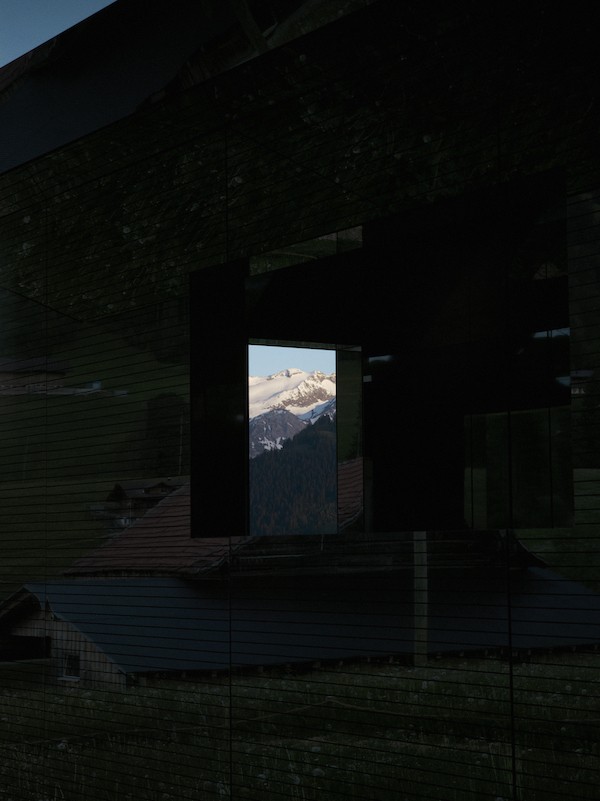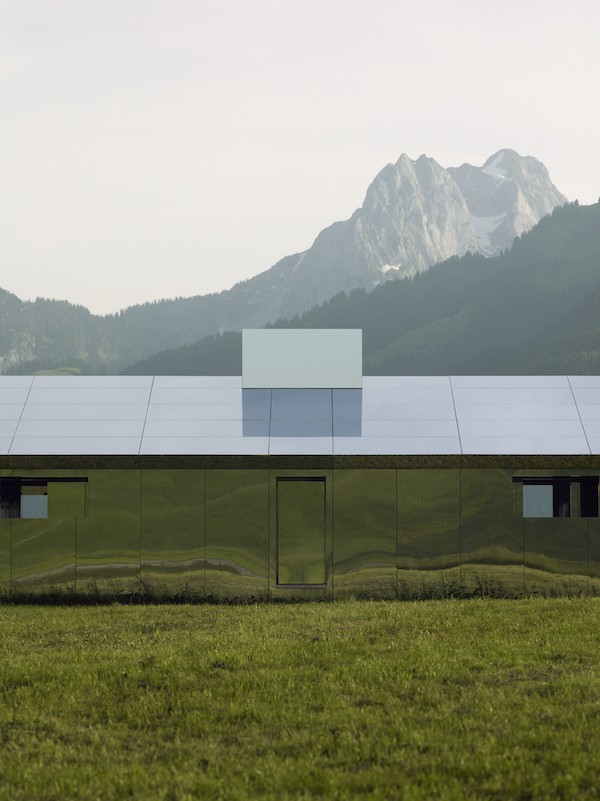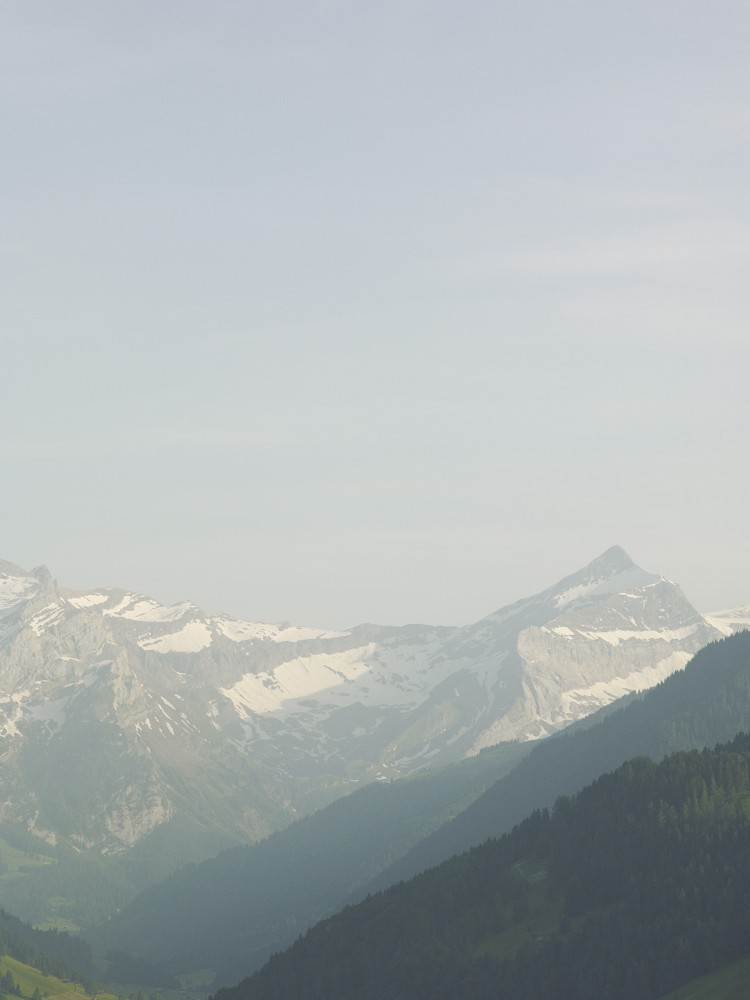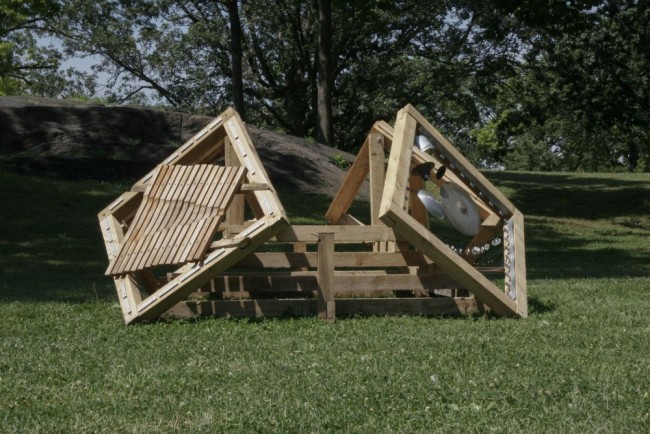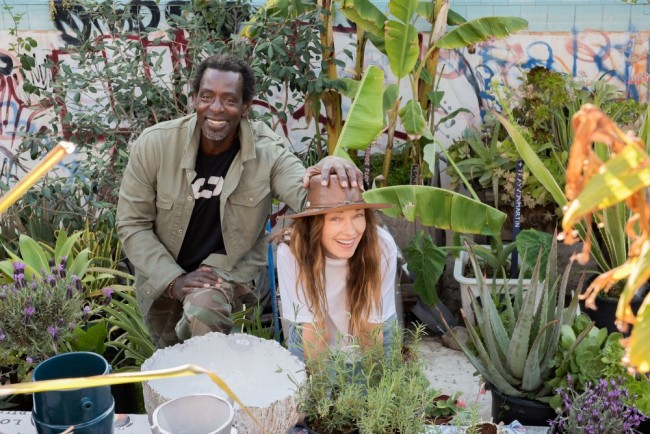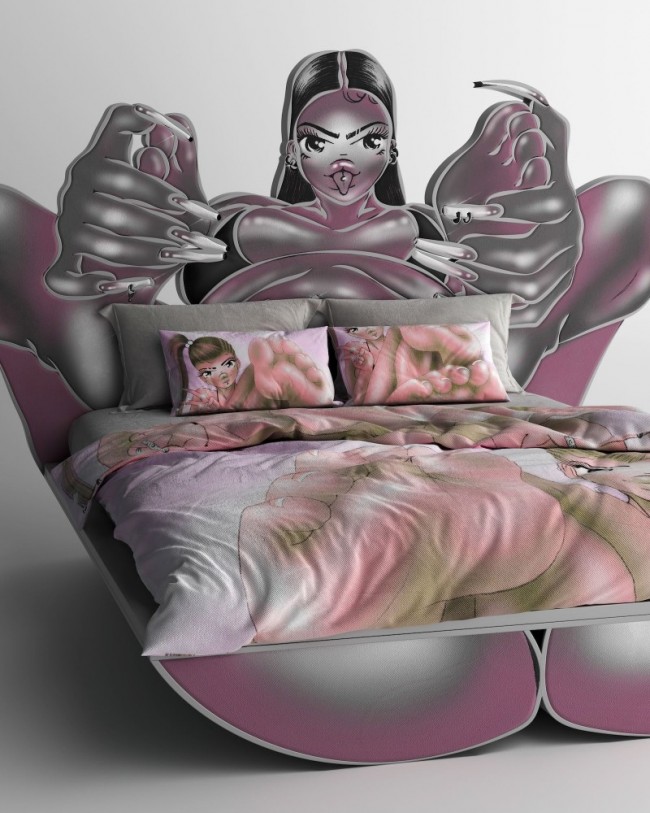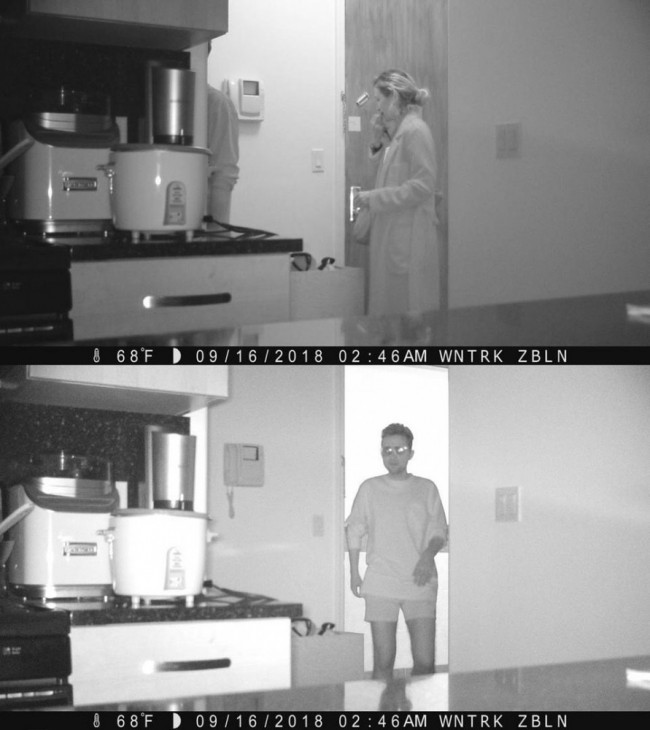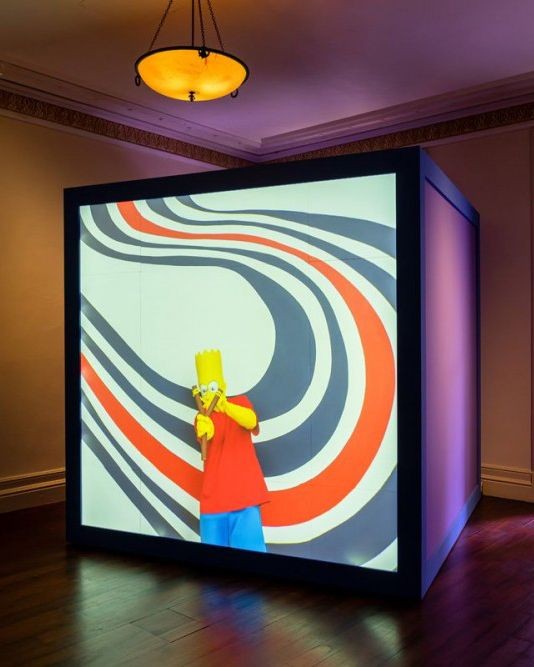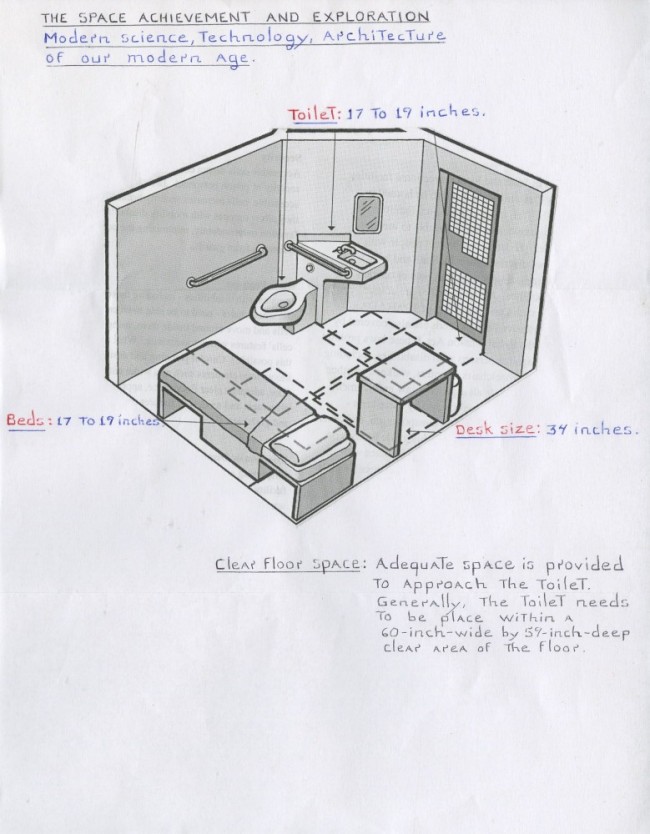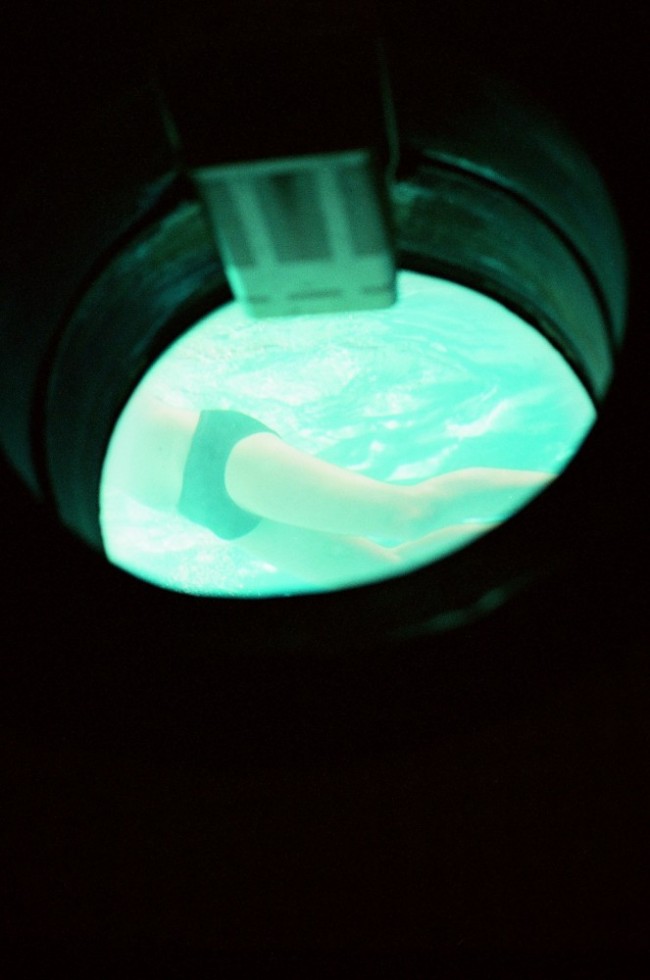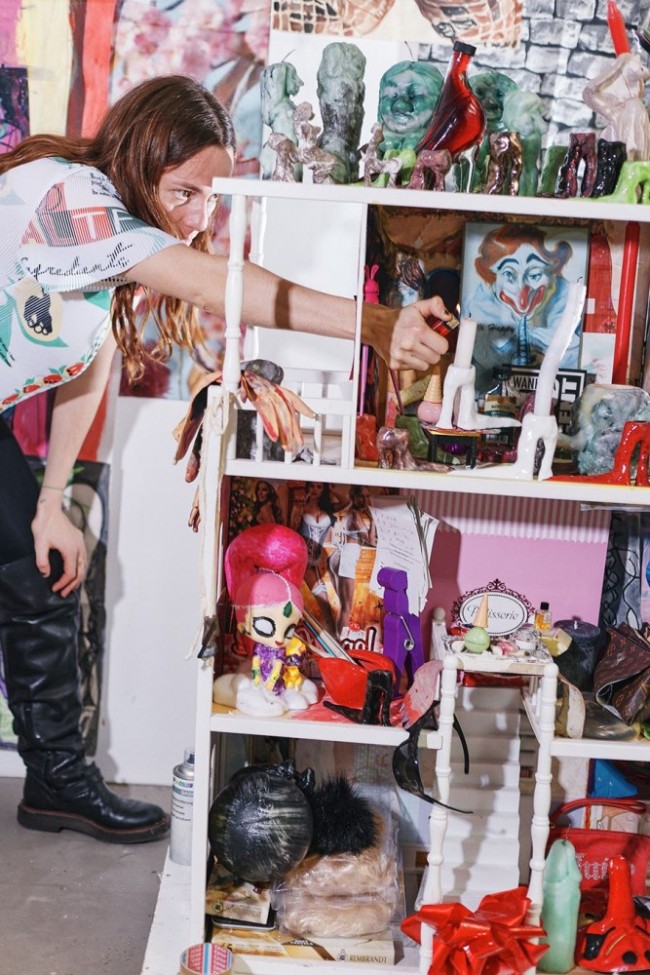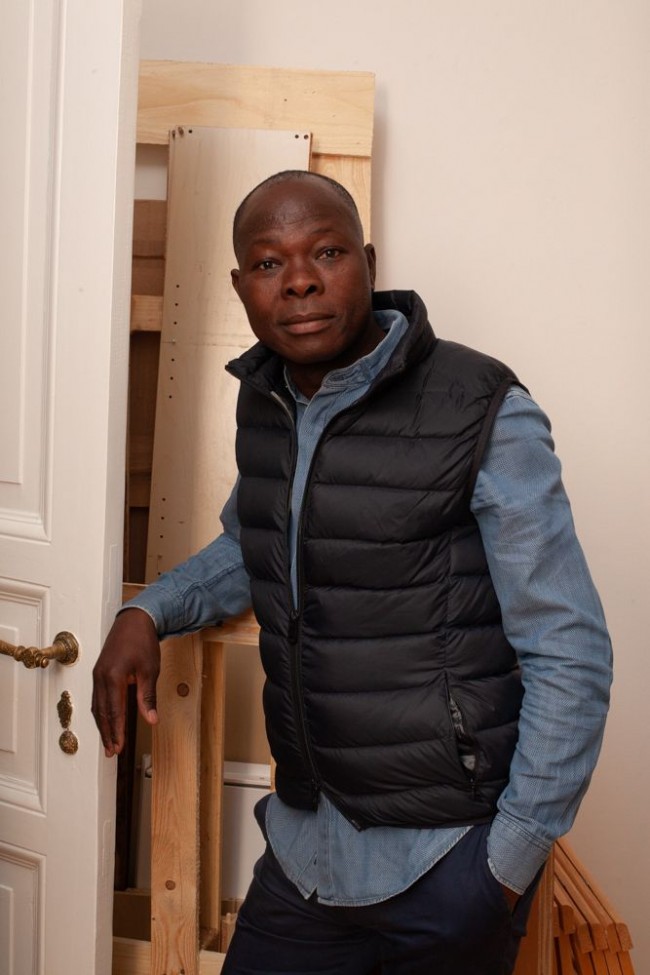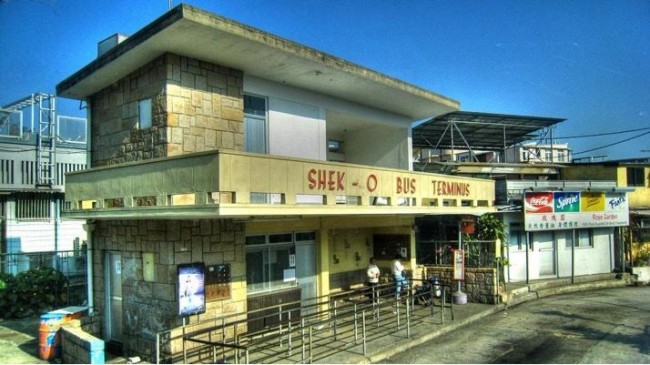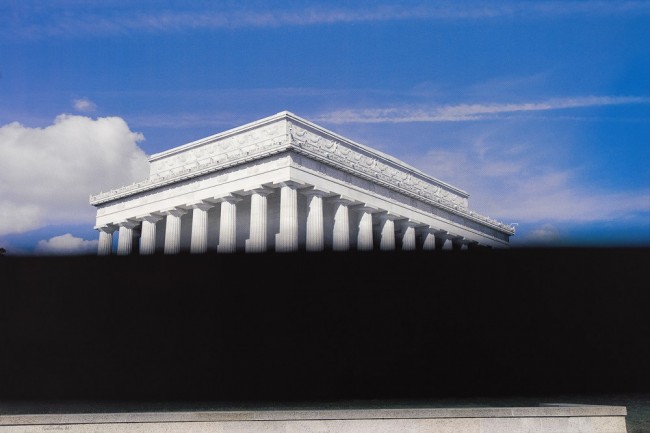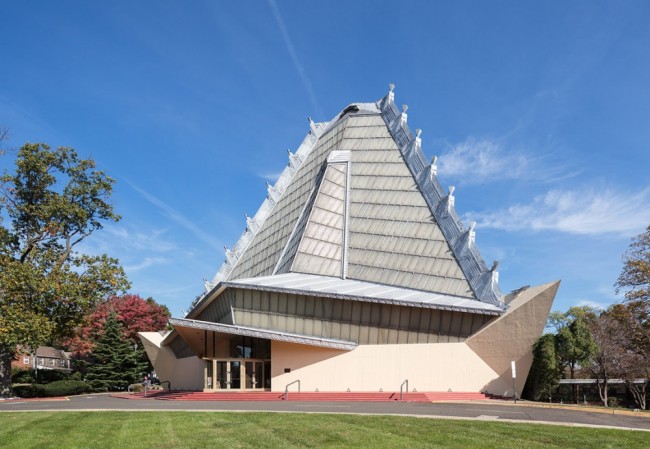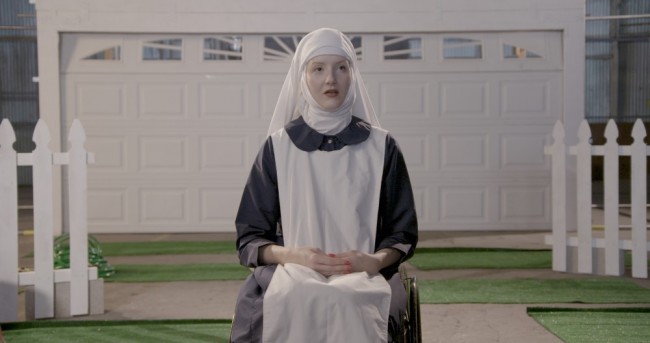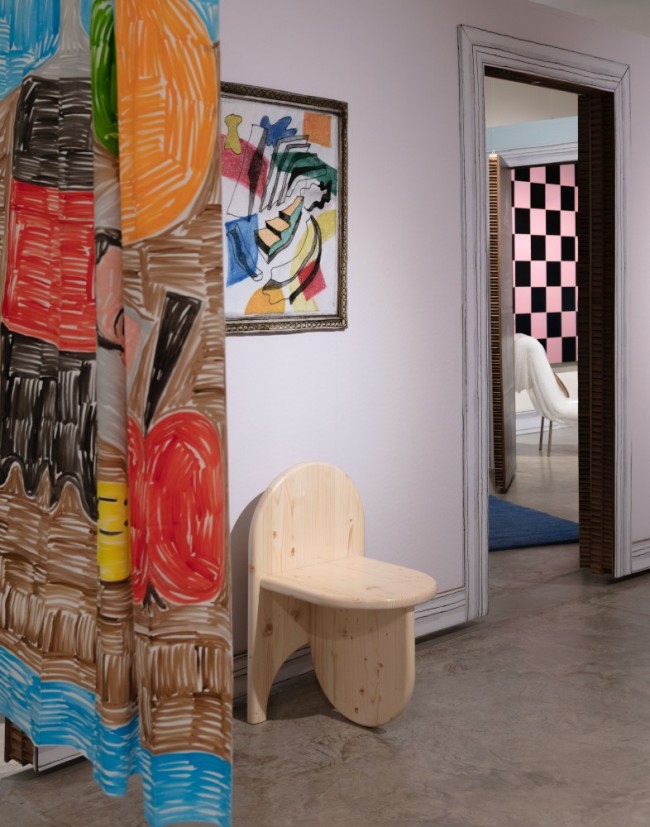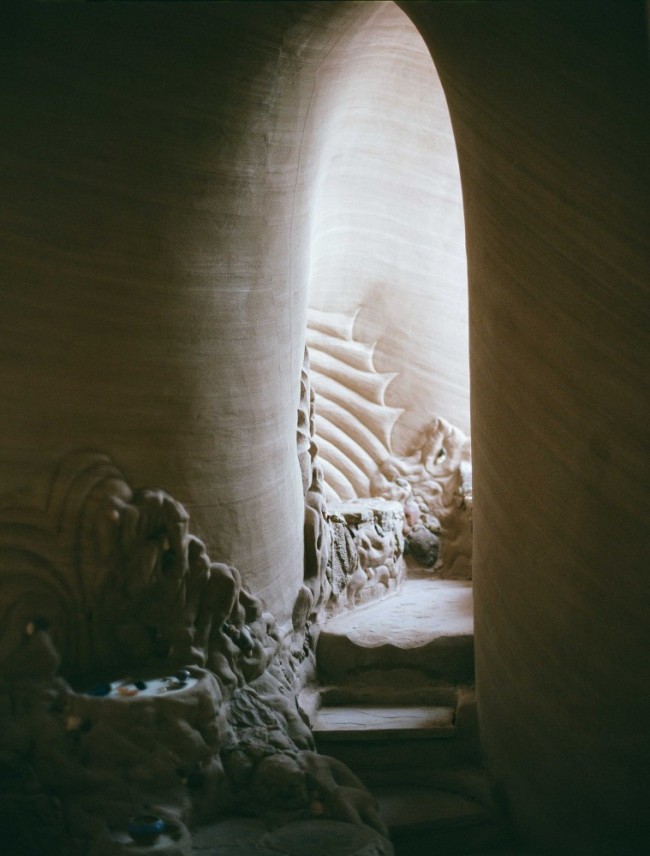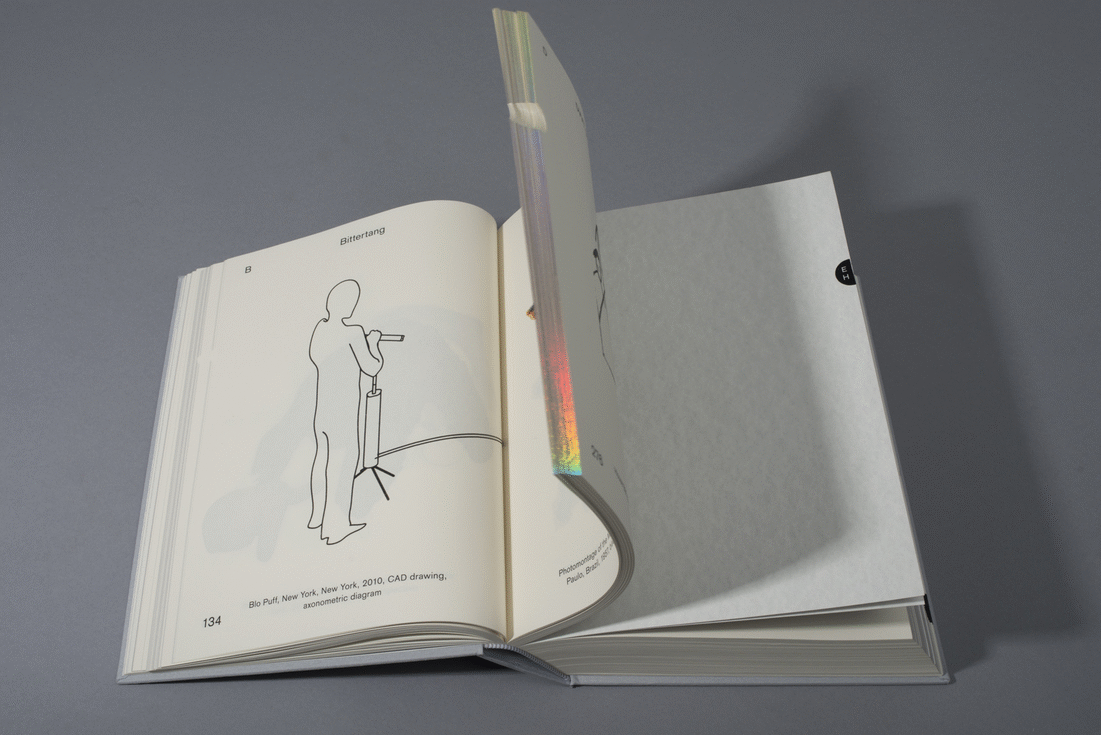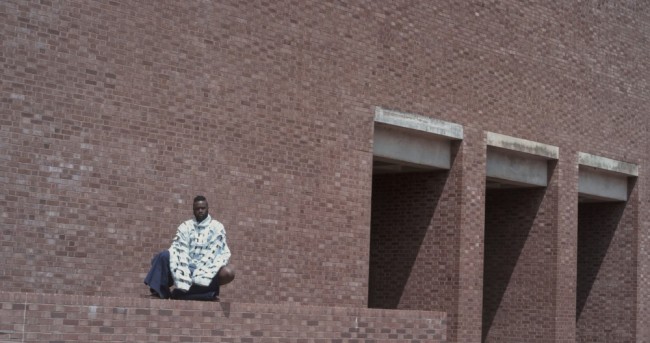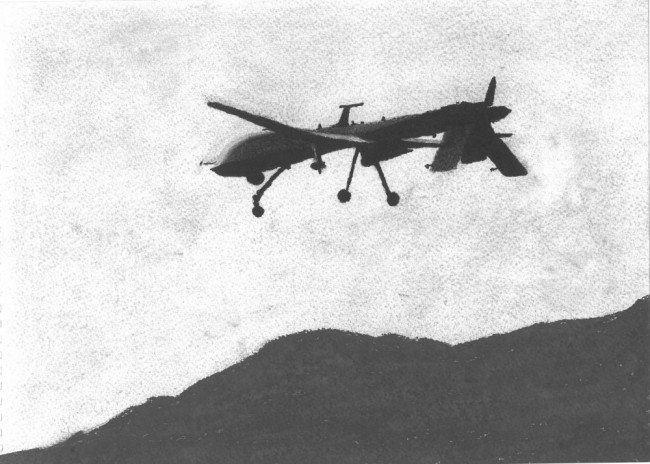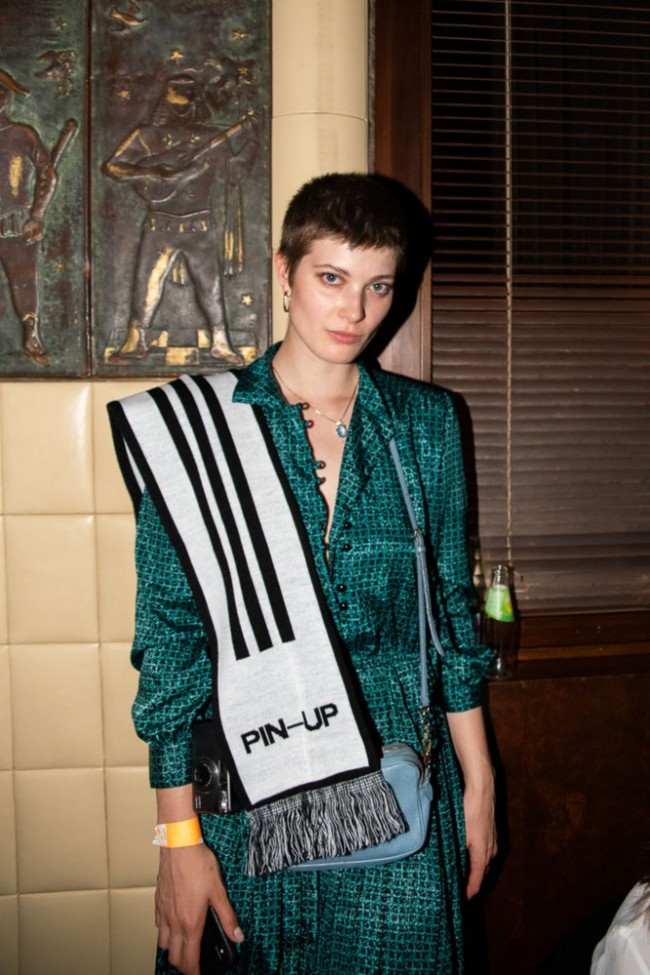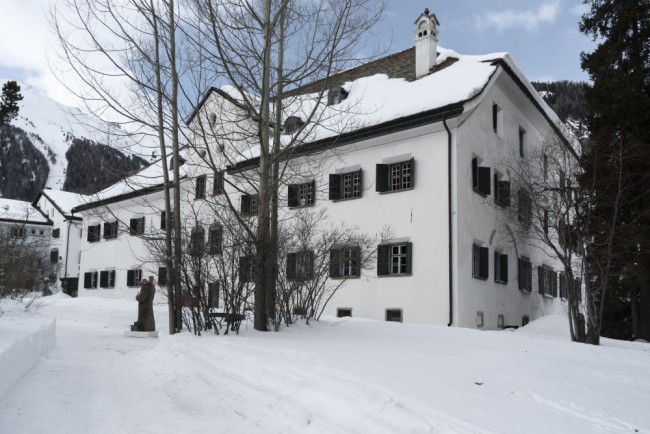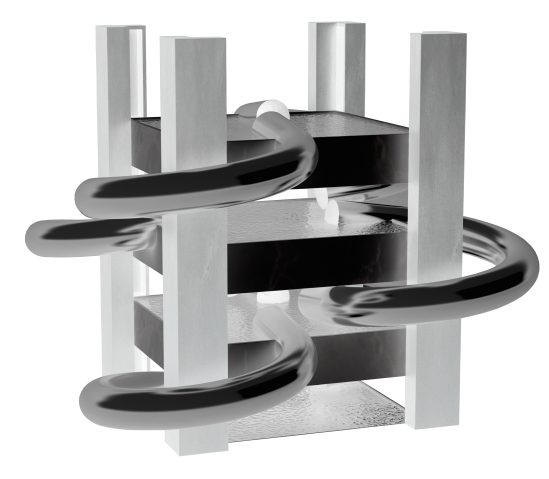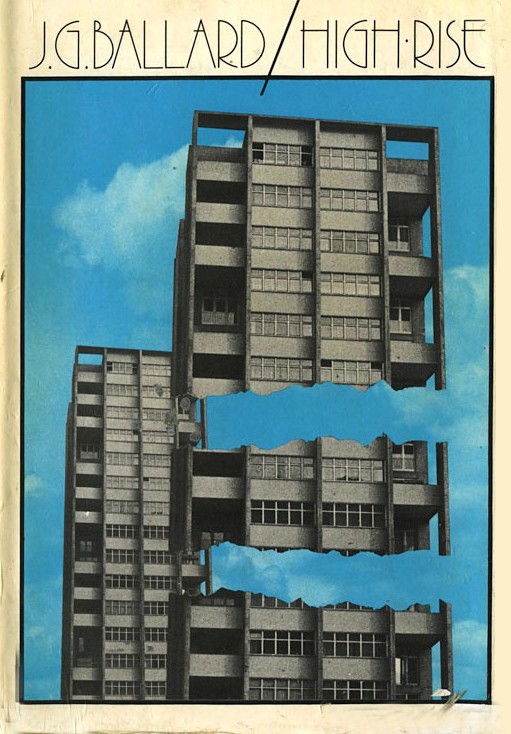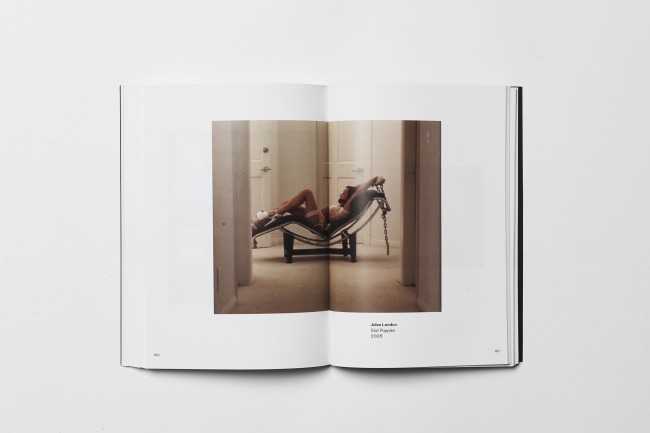MIRAGE: Artist Doug Aitken’s Reflections On the Ranch-Style Home
“I’m interested in the viewer seeing themselves in the work,” says American artist Doug Aitken about Mirage, a series of hallucinatory site-specific installations he dreamt up that place a ranch-style house camouflaged by mirrors in different locales — a California desert outside Palm Springs (February to October 2017), a defunct Detroit bank (October 2018 to February 2019), and most recently in the town of Gstaad in the Swiss Alps (until January 2021). Hiding in plain sight — “It’s almost in complete denial of its own footprint,” he says — the house is designed to reflect back the viewer’s dreams, aspirations, and projections. At once revealing and concealing, it also draws attention to what Aitken calls “architecture we don’t see.” We’ve looked at the typology of the generic suburban house so many times, he explains, that we cease to register it anymore. Recasting the familiar form in disorienting installations offers an opportunity to see it anew. Aitken’s mirrored treatment of the suburban ranch-style home — which was originally pioneered by architects like Frank Lloyd Wright when remaking residential California in the 1920s and 30s, but has since been referenced and repeated ad nauseum all across America and beyond — makes it all the more archetypal, like a model in a CAD library or the Platonic ideal of houseness.
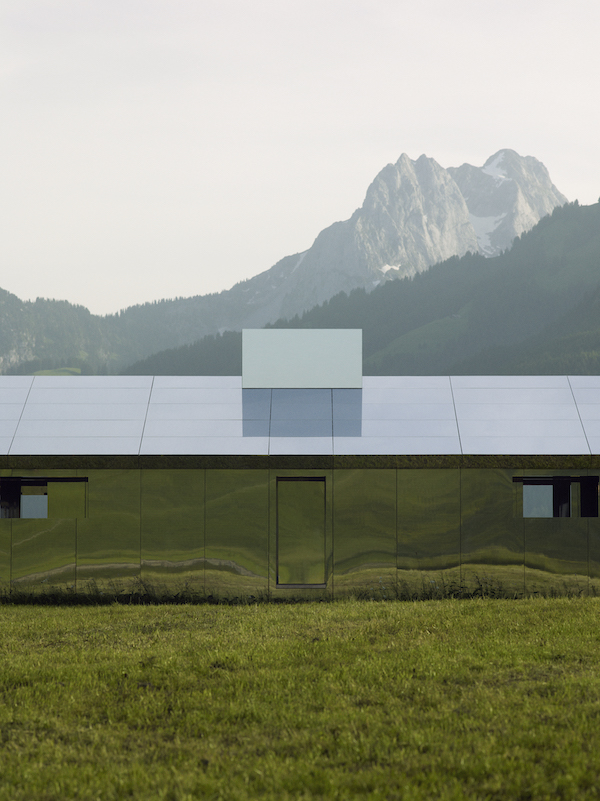
Installation view of Doug Aitken’s Mirage in Gstaad, Switzerland. Photography by Johann Clausen for PIN–UP.
Aitken contextualizes his series within the history of Land Art, which has been largely defined by bestowing abstract geometry with a certain mysticism (think Robert Smithson’s Spiral Jetty or Walter De Maria’s The Lightning Field). “With Mirage, I wanted to do the opposite, something that was representational and incredibly ordinary and banal.” The California desert iteration of Mirage, commissioned for the Coachella Valley biennial Desert X, feels the most akin to other Land Art works, its mirrored surface reflecting back frontier myths and Thoreauan notions of self-reliance with kaleidoscopic distortion. But the intrinsic relationship the installation has to its environment means that its meaning radically shifts according to context. In Detroit, Aitken installed the mirrored home inside a cavernous and pristinely preserved century-old bank building, evoking connections to homeownership and value, the city’s foreclosures and subsequent revitalization. “When the work was there it functioned like a kind of archeology of capitalism,” says Aitken. Now, in Switzerland, as part of the Alpine arts festival Elevation 1049, the work has less to do with the American Dream (or delusion) and more to do with flux and transformation, installed in a picturesque vista which drastically changes with the seasons. “When we made it, it was completely shrouded in snow and it reflected this total whiteout, the landscape with the absence of definition. And now it’s completely different, surrounded by wild weeds and reflecting the clouds moving fast over the mountain range,” says Aitken. “It’s really interesting seeing it have these distinct life cycles, in constant change.”
Text by Whitney Mallett.
Photography by Johann Clausen.

